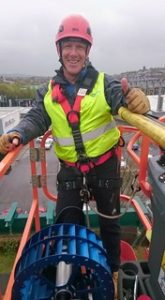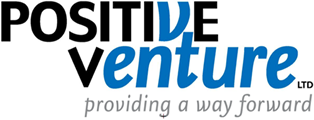Inspections & Investigations
Clarification - Accentuate - SupportThere are different forms of inspections that are available for you and your business. We are here to help you complete your inspection process.
Why are workplace inspections important?
Inspections of the workplace help businesses prevent incidents, accidents, injuries and illnesses. Conducting a critical investigation and inspection of the workplace can identify, confirm and record good practice and areas where corrective action is required.
What is the difference between an incident, an accident and a dangerous occurrence?
These descriptive words are unfortunately often misunderstood or inappropriately applied
An ‘incident‘ in the workplace is an unplanned event which does not result in injury, but does cause damage to property, or has enough significant risk to merit recording. An incident which is a ‘near miss’, is an event which does not result in harm, but had the potential to cause it
An ‘accident’ is any specific event which results in the injury, death or ill health of an employee or a member of the public
A ‘dangerous occurrence’ is a set of circumstances (rather than simply a specific event) that could potentially cause injury or ill health and meets the required criteria for reporting under RIDDOR.
Please click on this for the Health and Safety Executive (HSE) guidance on RIDDOR Positive Venture – Document share HSE RIDDOR
How can inspections help you and your business?
Inspections can…..
• provide you with a focused opportunity to listen to the concerns of the employees directly
• confirm the correct knowledge and understanding of specific procedures and tasks
• identify the current potential hazards, present at a given point in time
• determine the underlying causes of hazards
• confirm the current effectiveness and application of policies and procedures
• identify corrective solutions to controlling hazards and the way forward

What does the Health and Safety Executive (HSE) advise as good practise?
1. Plan a programme of inspections – you and your representatives can plan a programme of inspections in advance
2. Agree on the number of representatives – agree on the number of representatives taking part in any one formal inspection
3. Co-ordinate inspections – plan inspections if there is more than one representative, to avoid unnecessary duplication of inspections
4. Inspect together – it will help your relationship with the representatives if you inspect together
5. Consult specialists – Specialist Advisers or your dedicated safety officer
6. Breakdown tasks – for larger workplaces, it may not be practical to conduct a formal inspection of the entire workplace in a single session
Examples of the types of inspection
Inaugural – This title refers to an inspection which is completed before the first use, operation, activity, procedure commencing. Normally conducted by an external independent inspector/inspection services
Daily/Routine/Visual – This is a basic level inspection confirming the equipment/items/activity is fit for purpose. Normally carried out by internal staff members/employees
Operational – An operational inspection moves beyond the level of the Daily/Routine/Visual. Options are to use internal staff members/employees who have received additional training and obtained a higher level of competency or conducted by an external independent inspector/inspection services
Periodical – These inspections are normally carried out within a time-framed period, for example as recommended by constructor/designer/legal requirement. These are commonly known as annual inspections and are normally conducted by an external independent inspector/inspection services
Safety Tours – These are a general overview of the workplace area and process
Safety Sampling – This is a systematic sampling of particular processes, activities or areas that have given cause for concern or is deemed as higher risk category
Safety Surveys – These are general inspections of particularly dangerous activities, processes or areas
Incident Inspections & Investigations – These are conducted following an accident resulting in a fatality, injury, or near miss, which could have resulted in injury, or a case of ill health and has been reported to the health and safety enforcing authority.
In addition to the standard inspections, our team are available to conduct bespoke inspections, investigations and follow-up services for you.

Local Exhaust Ventilation (LEV)
We have taken a large number of enquiries regarding LEV. Our team are always happy to help. Please see a dedicated page outining ‘What is LEV’ and a ‘Checklist for Employers’ by clicking here

